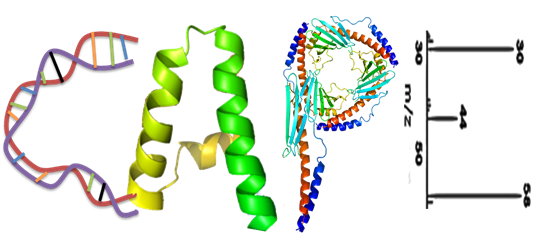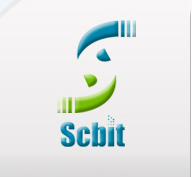![]() What's it?
What's it?
Elucidation of human disease similarities has provided new insights into etiology, disease classification and drug repositioning. Since dysfunctional regulation would be manifested as the decoupling of expression correlation, disease similarity (DS) in terms of dysfunctional regulation mechanism (DRM) could be estimated by using a differential coexpression based approach, which is described in a companion paper. Due to the lack of tools for estimating DS from the viewpoint of DRM in public domain, we implemented an R package ‘DSviaDRM’ to identify significant DS via DRM based on transcriptomic data. DSviaDRM contains five easy-to-use functions, DCEA, DCpathway, DS, comDCGL and comDCGLplot, for identifying disease relationships and showing common differential regulation information shared by similar diseases.
![]() How to use it?
How to use it?
DSviaDRM package contains five functions which are DCEA, DCpathway, DS, comDCGL and comDCGLplot. In DCEA function, differentially co-expressed genes (DCGs) and differentially co-expressed links (DCLs) are extracted from disease vs. health samples. Then DCpathway function assigns differential co-expression values (dCs) of pathways to be the average dC of their component genes. Then DS employs partial correlation coefficient as the disease similarity for each disease pairs. And DS contains a permutation process for evaluating the statistical significant of observed disease partial correlation coefficients. At last, comDCGL and comDCGLplot sort out shared DCGs and DCLs with regulation information and visualize them.
![]() Institute
Institute
Shanghai Center for Bioinformation Technology (上海生物信息技术研究中心)
![]() Author
Author
Yuanyuan Li(李园园)
![]() Support
Support
![]() Publication
Publication
![]() Figure
Figure

![]() Funding source
Funding source
[{"id":"1","name":"CNHPP int'l project 3:2014DFB30020(中国人类蛋白质组学数据的知识发现)"}]





